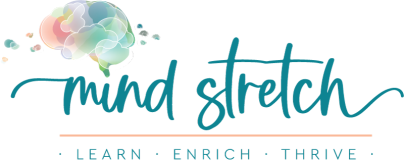Supporting children with Specific Learning Disorders (SLDs) in the classroom can make a significant difference in their learning experience. Here are some effective strategies you may want to consider for your child. A good first step is to have a chat with their assessing Psychologist for some tips and adjustments, and then booking in a meeting with the class teacher to collaborate on an Individual Education Plan:
- Provide Additional Time: Allow extra time for completing tasks and exams to accommodate slower processing speeds.
- Use Multi-Sensory Teaching Methods: Incorporate visual, auditory, and kinesthetic learning activities to help reinforce concepts.
- Break Tasks into Smaller Steps: Simplify complex tasks by breaking them down into manageable steps.
- Offer Written and Oral Instructions: Provide instructions both in writing and verbally to ensure understanding.
- Use Assistive Technology: Tools like text-to-speech software, audiobooks, and word processors can help students with reading and writing difficulties.
- Flexible Assessment Methods: Allow students to demonstrate their knowledge through various formats such as oral presentations, projects, or portfolios.
- Provide Study Guides and Cheat Sheets: These can help students focus on key information and reduce anxiety during tests.
- Create a Supportive Environment: Encourage a positive classroom atmosphere where mistakes are seen as learning opportunities.
- Regular Feedback and Encouragement: Provide frequent, constructive feedback and celebrate small successes to boost confidence.
- Collaborate with Specialists: Work with special education teachers, psychologists, and other professionals to develop individualized education plans (IEPs) tailored to each student’s needs.
